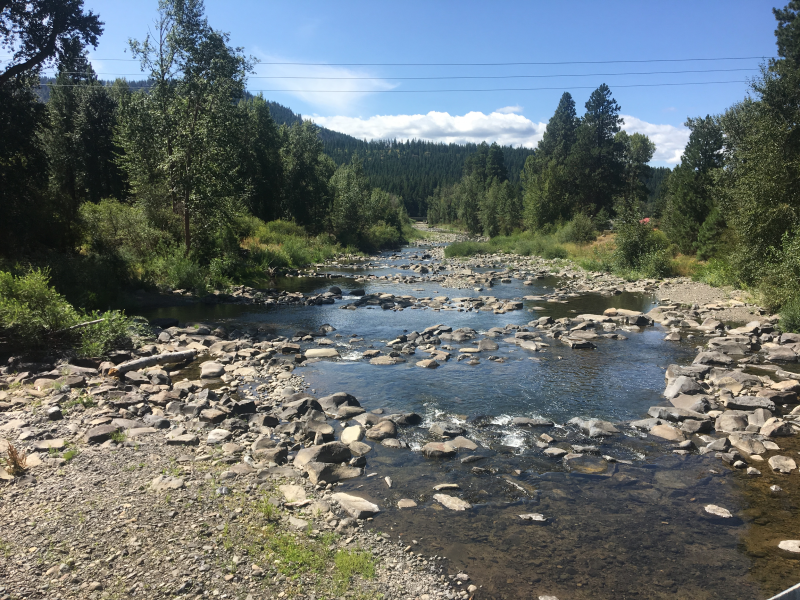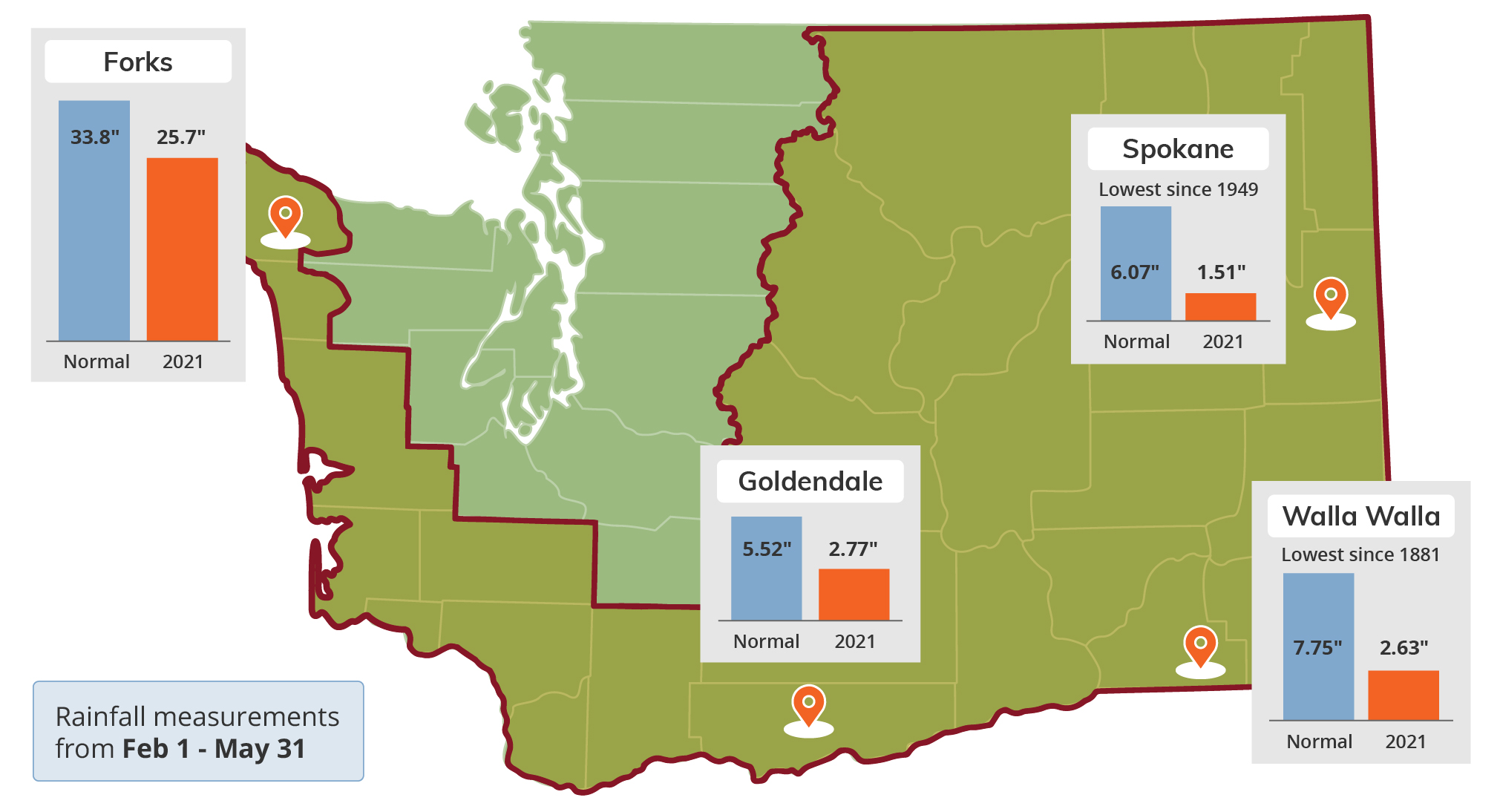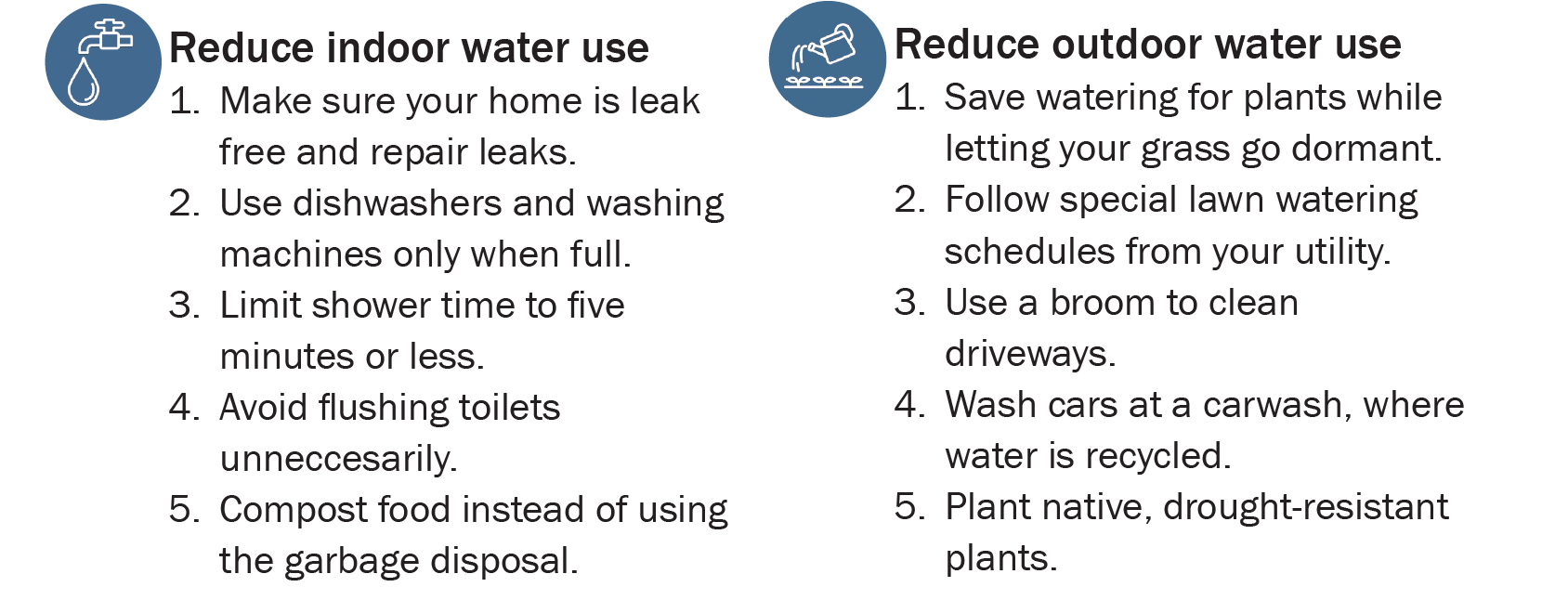
All that rain earlier this week seems to have sprouted some confusion over why we’ve been talking about drought. It’s understandable. As I set out to write this blog to talk about dry conditions, I stared out of my window at rain that hadn’t stopped in days, and just two months ago we were talking about record snow pack in the Cascade Mountains (and that’s still the case there!). How can we talk about drought when, by all appearances, it looks so wet outside? Let’s clear up some things.
Size matters
First, Washington is big — more than 731,000 square miles. Even if it’s pouring buckets in the Puget Sound area, that still leaves about 730,800 square miles that could be bone dry. According to the Office of the Washington State Climatologist newsletter, 87 percent of the state is currently in a “moderate drought or worse.”
Healthy snowpack in the mountains means very little to people who don’t get their water from the rivers and streams fed by spring runoff. Dryland producers in Southeastern Washington depend on direct precipitation. They don’t irrigate. They need rain. Soil is where that precipitation gets stored, not behind dams.
Not only is Washington big, it has a lot of geologic variety: water in your area can come from any one of 62 watersheds. Whether or not you’re feeling the drought depends a lot on where your water comes from. Is it groundwater or surface water? Is the stream feeding your reservoir fed by snowpack? Does the water you depend on come from a river in another state? You can find out where your watershed is by checking out our statewide Water Resources Inventory Area finder. Interested in how much runoff in your watershed originates as snow? Check out this map
Volume matters
An inch or two of rain does not mark the end of a drought. Some areas might have received a few inches recently, but those places are still suffering what we call a “precipitations deficit,” meaning their projected rainfall is still expected to be below normal. If, by this point in the year, a place would normally have received 10 inches of rain or snow, but they’ve only received three, an inch of rain still leaves a deficit of seven inches. The soil is still dry. The crops will be stunted. You can see how much of a deficit is in your area.
What you do matters
You can help stave off the worst effects of drought by conserving water.
You can learn more on our water conservation page. And, if you get water from a public system, follow its specific conservation tips or requirements.



